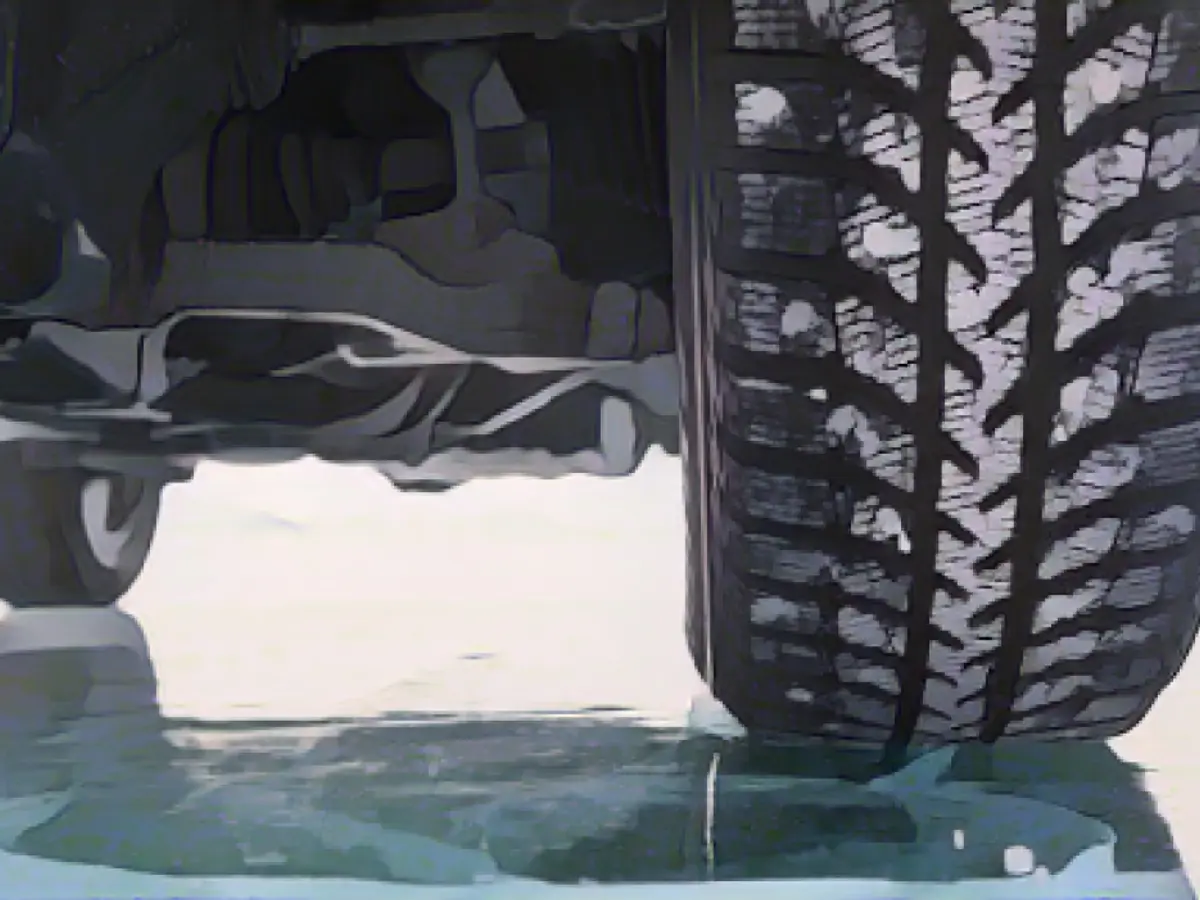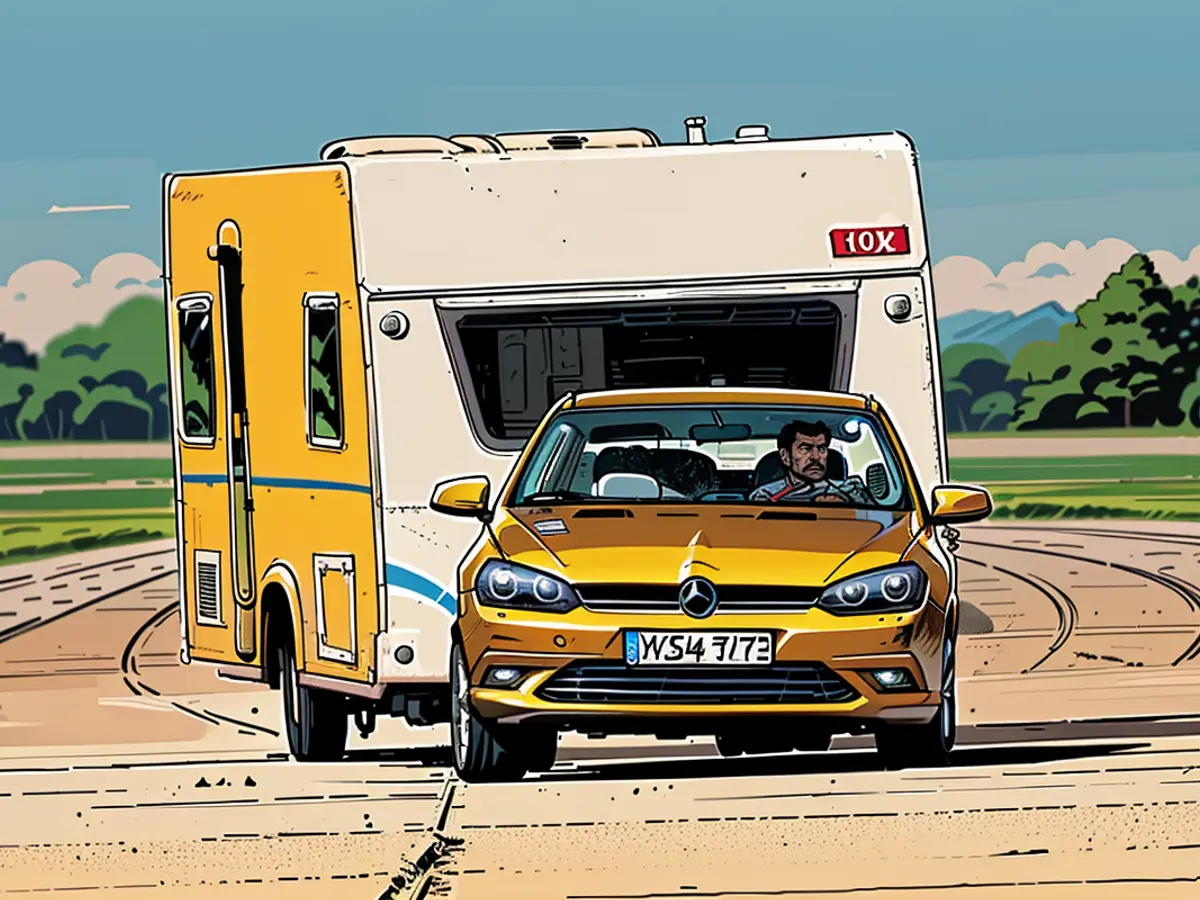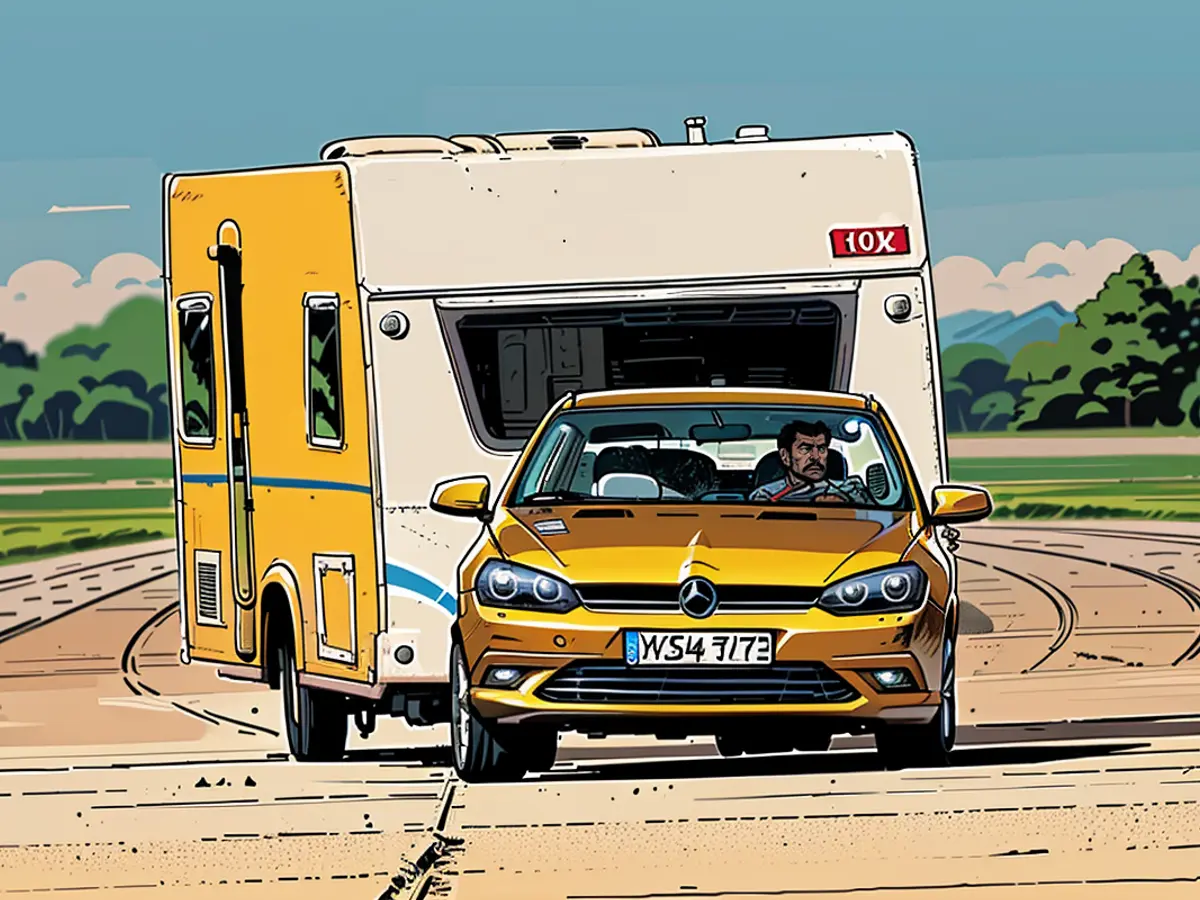Navigating Icy Roads: Errors to Avoid and Important Safety Measures
Icy roads can present quite the challenge for both seasoned and novice drivers alike. Aussiedlerbote chatted with Lucas Waldenback, a driving instructor and co-founder of online driving education platform Zutobi, to learn about common mistakes people make on icy roads and how to avoid them.
Mistakes to Avoid
1. Hyperactive Braking
After sensing icy patches, your initial instinct might be to slam on the brakes. However, Waldenback recommends against this approach. Overbraking can cause your tires to lose traction, leading your vehicle to slide instead of stopping efficiently.
To stay in control, Waldenback suggests gently easing off the accelerator and steering calmly in the desired direction, without making abrupt movements.
2. Racing the Throttle
Accelerating too quickly on icy roads is dangerous since your tires may lose contact with the surface. This can result in spinning or drifting – situations you do want to find yourself in.
To mitigate such risks, reduce your speed and gradually let your vehicle come to a halt. Lightly touch the brakes, but do so with care.
3. Tailgating
Tailgating is a usual offender in all driving conditions, not just icy ones. Distance yourself adequately from the vehicle ahead to prevent a rear-end collision when they lose control. Staying a safe distance away from other vehicles is essential to maintain control, especially on icy roads.
4. Panic Attack
Losing control of your car can be unnerving, but panicking only worsens the situation. Cool your nerves by gently removing your foot from the accelerator while slowly steering in the desired direction.
Safety Tips for Driving on Ice
To stay safe when driving on icy roads, take heed of these crucial safety measures beyond avoiding common mistakes:
- Winterize Your Vehicle: Ensure you have the appropriate winter tires and check your vehicle before taking the icy roads. Keep essential winter emergency supplies handy, should the need arise.
- Drive Slower and Keep Your Distance: Reduce your speed to gain extra time to react to ever-changing road conditions. Provide ample following distance between vehicles to avoid rushing into situations.
- Plan Ahead: Allow additional travel time for your commute, as winter weather may lead to traffic delays. This fosters calm, reasonable driving and reduces the urgency to rush.
To navigate icy roads with greater ease and safety, keep these guidelines in mind while adjusting your driving techniques according to the stripped-down tips taken from the additional enrichment data (available below for those intrigued).
Enrichment Data:
For the effective handling of common mistakes when driving on icy roads, consider these practical tips:
1. Hyperactive Braking
- Slow and Steady: Shift to a lower gear and gently ease your car to reduce speed, especially when going downhill[1].
- Take Advantage of ABS: If your vehicle comes equipped with an Anti-Lock Braking System (ABS), it will not require pumping and should not be suddenly released[4].
2. Racing the Throttle
- Gentle Release: If you start to skid, lift your foot off both the accelerator and brake pedals. Focus on steering in the desired direction, and steer slowly[1].
- Gradual Throttling: When increasing your speed, do so gradually to maintain traction, steering clear of sudden acceleration that can lead to loss of control[3].
3. Tailgating
- Maintain Safe Distance: Increase your following distance to at least 5-6 seconds, and ideally 8-10 seconds, to allow for safe stopping distances[1][4].
- Avoid Too Close: Tailgating during winter conditions significantly increases the risk of accidents[3].
4. Panic
- Maintain Calmness: Keep your composure and breathe deeply to manage your emotions, making sure your driving decisions remain level-headed[4].
- Regain Control: If you skid, focus on steering in the desired direction without overcorrecting, as this could worsen the situation[1][4].
Additional Tips
- Check the Weather: Always review the weather conditions before embarking on your journey, particularly if it's cold and rainy. Use weather apps or check your vehicle's outdoor temperature readings to confirm if the temperature lies below freezing[1].
- Master Skid Recovery Techniques: If you skid, gently remove your foot from both the accelerator and brake pedals. Focus on steering in the desired direction without slamming on the brakes or overcorrecting[4].
Adhering to these tips can significantly lower the risk of accidents when driving in icy conditions.







